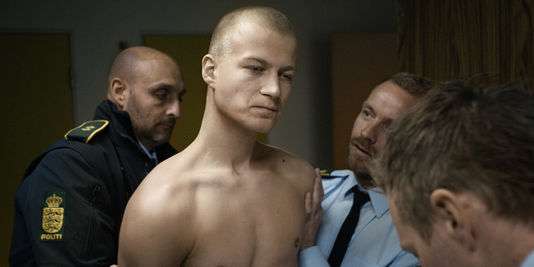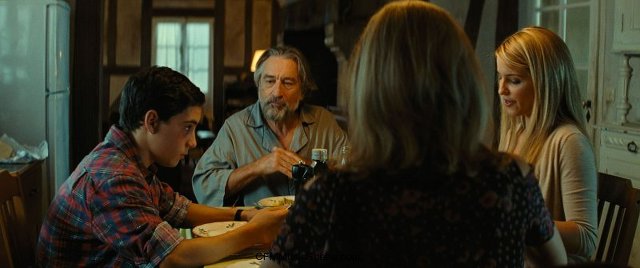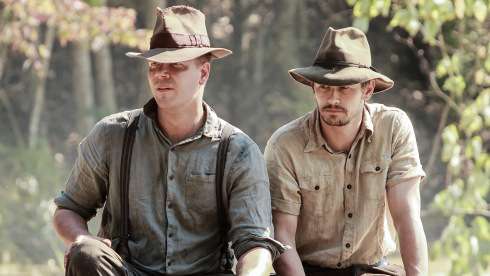PARIS MOVIE REPORT Oct. 2013
As usual I don't know how many films I'll cover or at what length during this brief sojourn but I hope to brig you up to date on things not available stateside and give links to them at the top here.
Possible films of interest and Allociné press rating:
9 MOIS FERME /9 MONTHS STRETCH (Albert Dupontel) 4.0
ALABAMA MONROE (Felix Van Groeningen) 3.7
AS I LAY DYING (James Franco) 2.7
AU BONEURS DES OGRES/THE SCAPEGOAT (Nicolas Bary) 2.4
BATAILLE DE SOLFÉRINO, LE/THE BATTLE OF SOLFERINO (Justine Triet) 3.8
ELLE S'EN VA/ON MY WAY (Emmanuelle Bercot) [Catherine Deneuve vehicle] 4.0
MA VIE AVEC LIBERACE/BEHIND THE CANDELABRA (Steven Spielbergh) 4.0
MY CHILDHOOD (Bill Douglas, 1972) [at MK2 Beaubourg]
NORVEST/NORTHWEST (Michael Noer) 3.8
SHÉRIF JACKSON/SWEETWATER (Logan Miller) 3.0
SUR LES CHEMINS DE L'ÉCOLE (Pascal Plisson) 3.8
TIP TOP (Serge Bozon) 3.1
THE YOUNG AND PRODIGIOUS T.S. SPIVETT (Jean-Pierre Jeunet) 3.1
INDEX TO REVIEWS.
9 MONTH STRETCH/9 MOIS FERME (Albert Dupontel 2013)
AS I LAY DYING (James Franco 2013)
BEHIND THE CANDELABRA/MA VIE AVEC LIBERACE (Stephen Soderbergh 2013)
BROKEN CIRCLE BREAKDOWN, THE/ALABAMA MONROE (Felix van Groeningan 2013)
DANCE OF LIFE, THE (Alejandro Jodorowsky 2013)
FAMILY, THE/MALAVITA (Luc Besson 2013)
MEDEA/MÉDÉE (Pier Paolo Pasolini 1969)
NORVEST/NORTHWEST (Michael Noer 2012)
ROOM 514 (Sharon Bar-Ziv 2012)
TIP TOP (Serge Bozon 2013)
TONIGHT OUR HEROS DIE/NOS HÉROS SON MORTS CE SOIR (David Perrault 2013)
SWEETWATER/SHÉRIF JACKSON (Logan Miller 2013)
________________
EARLIER PARIS REPORTS:
MAY 2011
OCTOBER 2011
MAY 2012






 Reply With Quote
Reply With Quote








Bookmarks